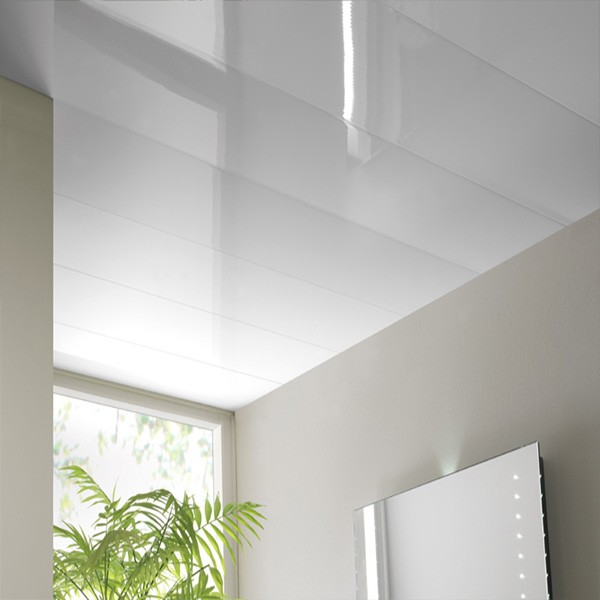When it comes to construction and infrastructure projects, the choice of materials can significantly impact the longevity and stability of the structure. One such material that has gained popularity in recent years is polyurethane foam, particularly when used as a void fill or stabilization solution beneath concrete slabs. However, a common question arises: How long does polyurethane foam last under concrete? In this article, we will delve into the factors that influence the lifespan of polyurethane foam in this context, its benefits, and considerations for optimal performance.
Understanding Polyurethane Foam
Polyurethane foam is a versatile material known for its excellent insulation properties, lightweight nature, and ability to expand and fill voids. It is commonly used in various applications, including roofing, wall insulation, and as a base for concrete slabs. When injected beneath concrete, polyurethane foam serves to stabilize the ground, fill voids, and prevent settling, which can lead to cracks and structural damage.
Factors Influencing Longevity
- Environmental Conditions: The lifespan of polyurethane foam can be significantly affected by environmental factors such as moisture, temperature fluctuations, and exposure to UV light. In areas with high moisture levels, the foam may be more susceptible to degradation. Conversely, in dry climates, the foam may last longer due to reduced moisture exposure.
- Quality of the Foam: Not all polyurethane foams are created equal. High-quality, closed-cell polyurethane foams are designed to withstand harsh conditions and have a longer lifespan compared to lower-quality, open-cell foams. When selecting a foam for use under concrete, it is crucial to choose a product that meets industry standards for durability and performance.
- Installation Techniques: Proper installation is key to maximizing the lifespan of polyurethane foam. If the foam is not injected correctly or if the concrete slab is not adequately supported, it can lead to premature failure. Professional installation by experienced contractors can ensure that the foam is applied uniformly and effectively, reducing the risk of future issues.
- Load-Bearing Capacity: The weight of the concrete slab and any additional loads it must support can also impact the longevity of the foam. Polyurethane foam has a specific load-bearing capacity, and exceeding this limit can lead to compression and eventual failure. It is essential to assess the expected loads and choose a foam with appropriate strength characteristics.
Expected Lifespan
Under optimal conditions, high-quality polyurethane foam can last anywhere from 20 to 50 years when used beneath concrete. However, this estimate can vary based on the factors mentioned above. In environments with extreme conditions or improper installation, the lifespan may be significantly reduced. Regular inspections and maintenance can help identify any issues early on, allowing for timely repairs or replacements.
Benefits of Using Polyurethane Foam
- Quick Installation: Polyurethane foam can be injected quickly, allowing for minimal disruption to the surrounding area. This is particularly advantageous in commercial settings where downtime can be costly.
- Lightweight Solution: Compared to traditional fill materials, polyurethane foam is much lighter, reducing the overall weight on the underlying soil and minimizing the risk of settling.
- Moisture Resistance: Closed-cell polyurethane foams are resistant to moisture, making them ideal for use in areas prone to water infiltration.
- Energy Efficiency: The insulation properties of polyurethane foam can contribute to energy savings in buildings by reducing heat transfer.
Conclusion
In summary, the longevity of polyurethane foam under concrete is influenced by a variety of factors, including environmental conditions, foam quality, installation techniques, and load-bearing capacity. While high-quality polyurethane foam can last between 20 to 50 years, it is essential to consider these factors to ensure optimal performance. By choosing the right product and employing professional installation, property owners can enjoy the benefits of polyurethane foam while minimizing the risk of future issues. Regular maintenance and inspections will further enhance the lifespan of this innovative material, making it a reliable choice for modern construction projects.


